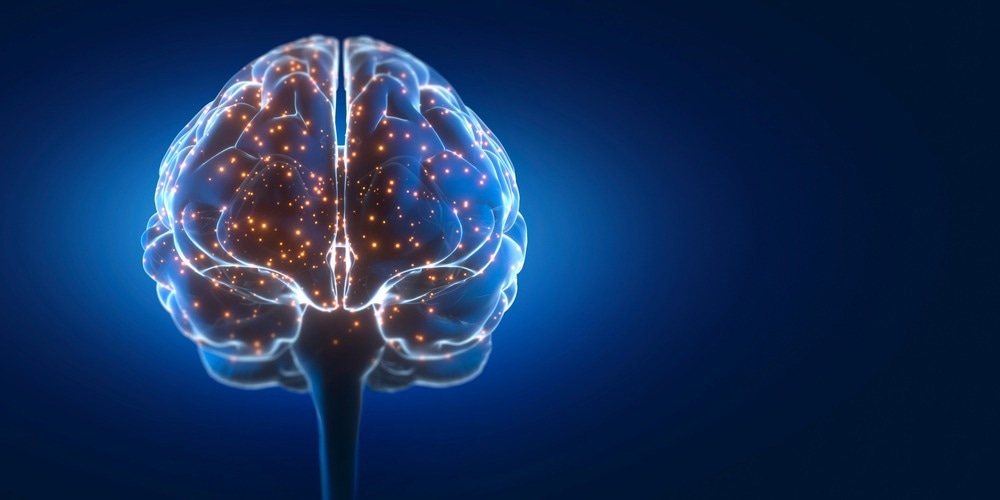What is REM sleep disorder?
How common is REM sleep behavior disorder?
How is REM sleep behavior disorder diagnosed?
What is the underlying biological basis for REM sleep behavior disorder?
References
Further reading
Rapid Eye Movement (REM) sleep behavior disorder or RBD is a serious medical condition involving dream enactment behavior and loss of muscle atonia. It is far from uncommon and recent studies have demonstrated a greater prevalence in the human population than previously thought. This article explores RBD, including its prevalence, diagnosis, and treatment.

Image Credit: Motortion Films/Shutterstock.com
What is REM sleep disorder?
REM sleep disorder (RBD) is a type of parasomnia associated with synucleinopathies ––a diverse group of neurodegenerative disorders thought to share a common pathologic lesion associated with insoluble α-synuclein protein (a neuronal protein responsible for regulating synaptic vesicle trafficking and the release of neurotransmitters). This group includes Parkinson's Disease and dementia with Lewy bodies (abnormal protein deposits).
The condition is also associated with non-synucleinopathies such as Alzheimer's, Hodgkin's Disease, and amyotrophic lateral sclerosis (ALS). RBD is linked to structural changes in the brain, including white matter abnormalities.
When we first think about a sleep behavioral disorder, our first thought may be to imagine the affected person sleepwalking or experiencing night terrors, but this does not describe RBD at all. These commonly known sleep behaviors are associated with non-REM parasomnias. It is thus important to distinguish RBD from other similar conditions such as these, including the non-REM parasomnias, but also periodic limb movement disorder, severe obstructive sleep apnea, and dissociate disorders.
RBD is characterized by sleep disruption and abnormal behaviors during sleep and typically involves dream enactment. The individual experiences loss of muscle atonia, causing anything from limb twitching to more forceful movements mirroring violent dream content. These actions occur frequently during the approach to dawn as REM sleep is more common at this time of night.
The onset of RDB-induced sleep behaviors typically begins 90 minutes into the first REM period. The symptoms described pose a serious risk to the RBD individual and possibly to their sleeping partners residing in proximity during the night. In addition to these disturbing symptoms, other problems can involve olfactory loss, autonomic dysfunction, and cognitive impairment.
How common is REM sleep behavior disorder?
So how common is RBD, and who is affected by it? REM sleep behavior disorder has previously been relatively rare, with 0.5–2% of the population affected. More recently, larger-scale population-based studies have instead revealed the frequency of symptoms is greater than imagined, with a prevalence of around 5–13%. Although men and women are generally equally affected, the condition is known to be more common in older men.
How is REM sleep behavior disorder diagnosed?
The first port of call for diagnosing RBD comes from witnessing the condition in action. Thus, It is usually a partner who is first able to describe the affected person's symptoms. Given the potential for serious harm to either the person with RBD or their partner and the gravity of the condition, a timely and accurate diagnosis is of paramount importance.
REM Sleep Behavior Disorder
Individuals diagnosed with RBD typically have a clinical history of dream enactment behaviors or other abnormal REM sleep-related behaviors. As well as testimony from sleeping partners, other key methods in obtaining an accurate diagnosis involve medical technologies and other supplementary methodologies. The definitive method for diagnosing RDB is using polysomnography (PSG).
PSG is a type of complex sleep study used to record brain waves. PSG is non-invasive and involves monitoring oxygen levels, heart rate, breathing during sleep, and eye and leg movements. This technique detects REM sleep without atonia (RSWA), a vital diagnostic feature that constitutes the electrophysiological hallmark of RBD.
Other clinical examinations can involve the use of medical technologies such as functional MRI (fMRI) and transcranial sonography. These imaging methods aid the undertaking of peripheral nerve tissue biopsies that may also support an accurate diagnosis. In conjunction with these modalities and interventions, qualitative methods like the RBD screening questionnaire (RBDSQ) are also routinely used.
What is the underlying biological basis for REM sleep behavior disorder?
The precise pathological mechanisms underlying RBD are not yet known. Neurodegenerative diseases are thought to trigger RBD or may be associated with antidepressant therapies or alcohol and drug withdrawal.

Image Credit: peterschreiber.media/Shutterstock.com
Researchers hypothesize that lesions in REM sleep circuits lead to RBD-like motor behavior in humans and animals. Thus far, research has revealed that the core of REM-generating circuits in rodents comprises several regions, including the γ-aminobutyric acid (GABA)-ergic neurons located in the lateral hypothalamus. The thalamus, basal forebrain, and frontal cortex are also known to be involved.
The circuits that control REM sleep in the caudal brainstem are synonymous with the region where α-synuclein (α-syn) pathology and other forms of neurodegenerative disease are known to begin.
Genetic research is likewise limited thus far, but in some cases, there is thought to be a connection between RBD and glucose-encephalo-glucosidase (GBA) mutation. RBD has also been linked to the rapidly progressive and usually fatal neurological disease Creutzfeldt–Jakob disease (CJD), also commonly known as "mad cow disease," whose pathogenesis is linked to the accumulation of misfolded prion proteins.
References
Last Updated: Jun 6, 2023